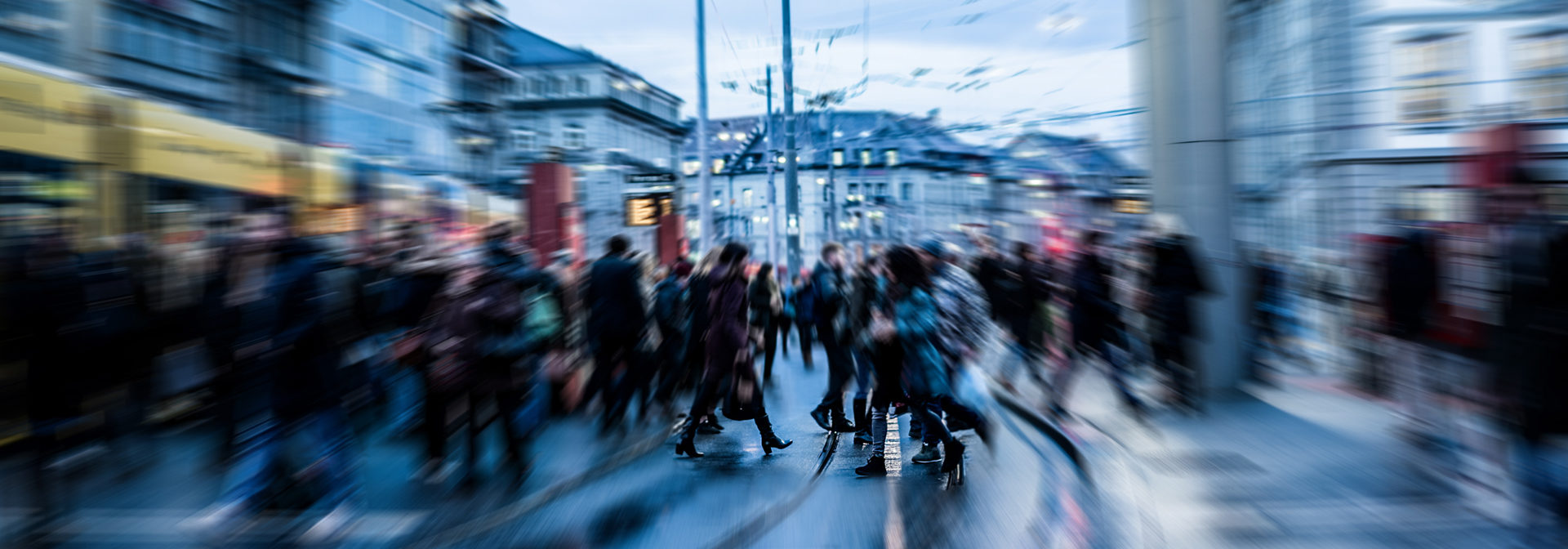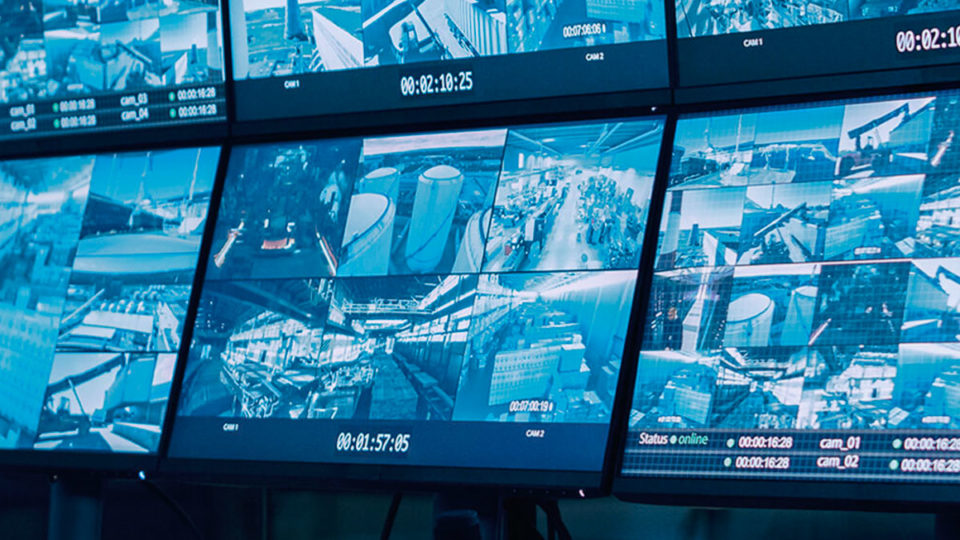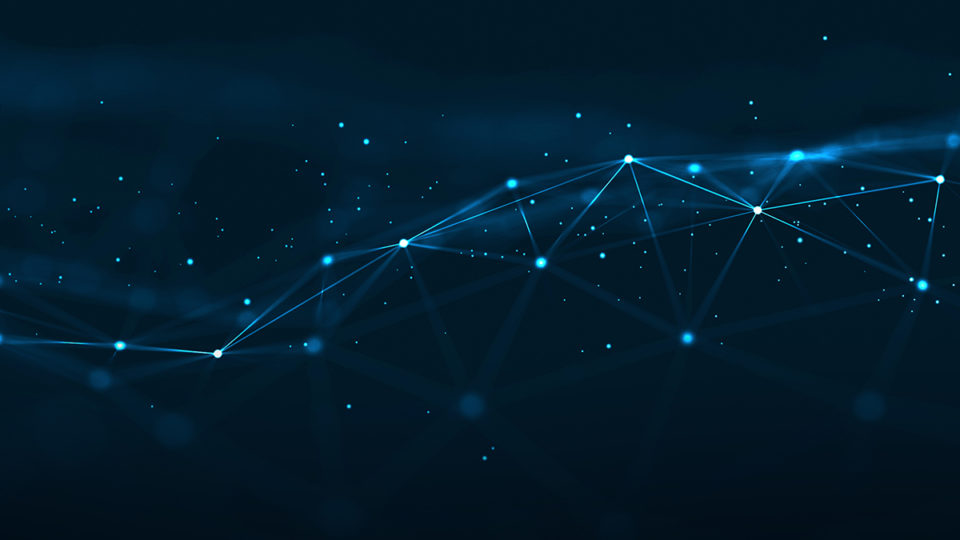
7 instances where you should not use video analytics
Video analytics is rapidly becoming one of the most popular tools in security surveillance. According to Frost & Sullivan, a combined need for real-time action and COVID-19 concerns have increased dependency on algorithms to drive more value from videos. But this has also turned AI and video analytics into buzzwords that solution providers can throw at the customers to overhype a product. To many customers, who may not understand the technical aspects of artificial intelligence and analytics, these buzzwords have become criteria for security installations.
This is an issue that requires immediate attention. Using video analytics in places that are not beneficial is a colossal waste of money, time, and resources. More importantly, this will drive customers away from the technology when they don’t get the intended results. Knowing where to use video analytics and setting the right customer experience is essential to getting the best results.
1- When you are not clear what your needs are
Like pencils don’t solve crosswords, video cameras and analytics don’t catch criminals. They are just tools authorities can use to gain insights to help them make better decisions. These decisions, and the action that follows them, could help improve the security and safety of your premises.
Many decision makers fail to understand this basic concept because, at the moment, the industry projects AI and video analytics as ‘the holy grail’ of security that can single-handedly protect against almost every threat out there. They understand this only after purchase when the results aren’t what they wanted.
This is why even though 90 percent of the cameras in a country like the UK have analytics embedded, only about 30 percent keep it activated. They bought it for the hype but turned it off because it took up resources without benefit.
So the first step that customers and integrators must take is to define the need that security solutions must meet. If video analytics can help meet this need, by all means, go for it. Else, it is just a waste of money.
2 – When you don’t have the infrastructure for it
We recently had a customer who wanted to use a license plate recognition system at his premises. He had a camera placed near the entrance, and he wanted to use the footage from it for this. Sounds relatively straightforward, right?
But upon inspection, we found that the camera was already installed so high that it could capture license plates of cars that stopped only at a specific spot. Making things worse, the shutter speed of this camera, which was installed way before analytics became an everyday thing, wasn’t ideal for algorithmic processing.
Is your existing infrastructure strong enough to handle a modern video analytics solution? Checking this is necessary to know the feasibility of getting the best results from your system.
3 – When the camera angle isn’t optimized
Video analytics has several uses, from counting the number of people in a space at the primary level to detecting anomalies that could help predict the occurrence of crime. Programmers at some of the top video analytics companies are pushing the boundaries every day, expanding the software capabilities even further.
But none of this helps if the camera cannot capture the essential data that the system requires to process. For instance, a video analytics-based people counting solution in the metro railcars of a large metropolis would probably be useless, or at least inaccurate, because the cameras are placed close to the roof, which is quite low. All that it can capture is the top of a few heads, which would not be enough for the software to figure out the number of people.
This means that camera placement and angle go a long way in deciding the results from your video analytics solution. Check with your solution vendor what kind of footage is necessary for the software to work and see if your camera can capture this.
4 – If you don’t have the resources to manage it
Most leading video analytics solution providers have drastically improved their accuracy levels in recent years. But that doesn’t mean that they may be 100 percent accurate all the time. There are instances where you need to manage alerts that may turn out to be false alarms.
I once was involved in a case where video analytics was to be used together with 9000 cameras. I asked if there were enough resources available to manage 9000 cameras continuously providing real-time alerts. You will need to check every alert to know if something is real or a false alarm. Imagine, a single false alarm per camera per day would mean 9000 alarms to manage daily.
Imagine if it’s at a busy public space where thousands of people gather, and every unattended bag and every suspicious activity gets notified. How many people would you need to manage these alerts? Do you have them? Considering this would help you understand what is feasible for you.
5 – If the environment doesn’t support it
According to the solution provider, your analytics solution may have a high accuracy level. But these may be tested under ideal conditions, and the real-world performance would be different. This is especially important when you consider every customer’s needs are different.
Not every place has the same lighting conditions. Weather varies from place to place. Depending on where your cameras are placed, rain, wind, and other external elements can have a major impact on the quality of the footage.
Can your video analytics software provide the required results in the environment you install the camera? These days some software can enhance image quality to some extent. If it works for you, then great – else, avoid video analytics.
6 – If you cannot manage privacy and cybersecurity concerns
This applies to specific video analytic features that capture the private details of people like facial and license plates. GDPR limits what you can capture and store in Europe. Several other places either already have similar privacy laws or are in the process of implementing them.
Not paying attention to the privacy laws in your region could lead to trouble with the regulators. More importantly, ensuring privacy protection will play an important role in gaining people’s trust – this could be your customers, employees, or even people who you don’t directly encounter. Before choosing a video analytics solution, check if it violates any privacy norms and regulations.
Cybersecurity is yet another concern you should be ready to deal with. Increased use of software and connected devices makes your surveillance system more vulnerable to hackers, malware attacks, etc. Ask yourself if you have the resources and plan of action to manage a potential cyberattack. What will your employees do? Do they have a standard operating procedure?
7 – When you don’t know what you can afford to miss
Designing, implementing, and training an AI or deep learning-based solution is a complex task. Besides training in object recognition and identification, the system requires close attention to ensure that it strikes the right balance between accuracy and anomaly detection.
For this method to work, you must identify what you believe you can afford to miss. Based on this, you will be able to train your system. It is not rocket science but a task that must be performed consistently to refine the results gradually.
Olivier Nitre
Olivier Nitre
I’m heading Teleste’s Video Security business, and over 15 years, I have been privileged to be part of the development of the video security industry. Together with our Team of experts, and with our Customers we are passionate. We see our duty in building smart, safe and smooth video security solutions. Please visit my LinkedIn for more information.



